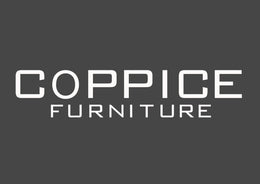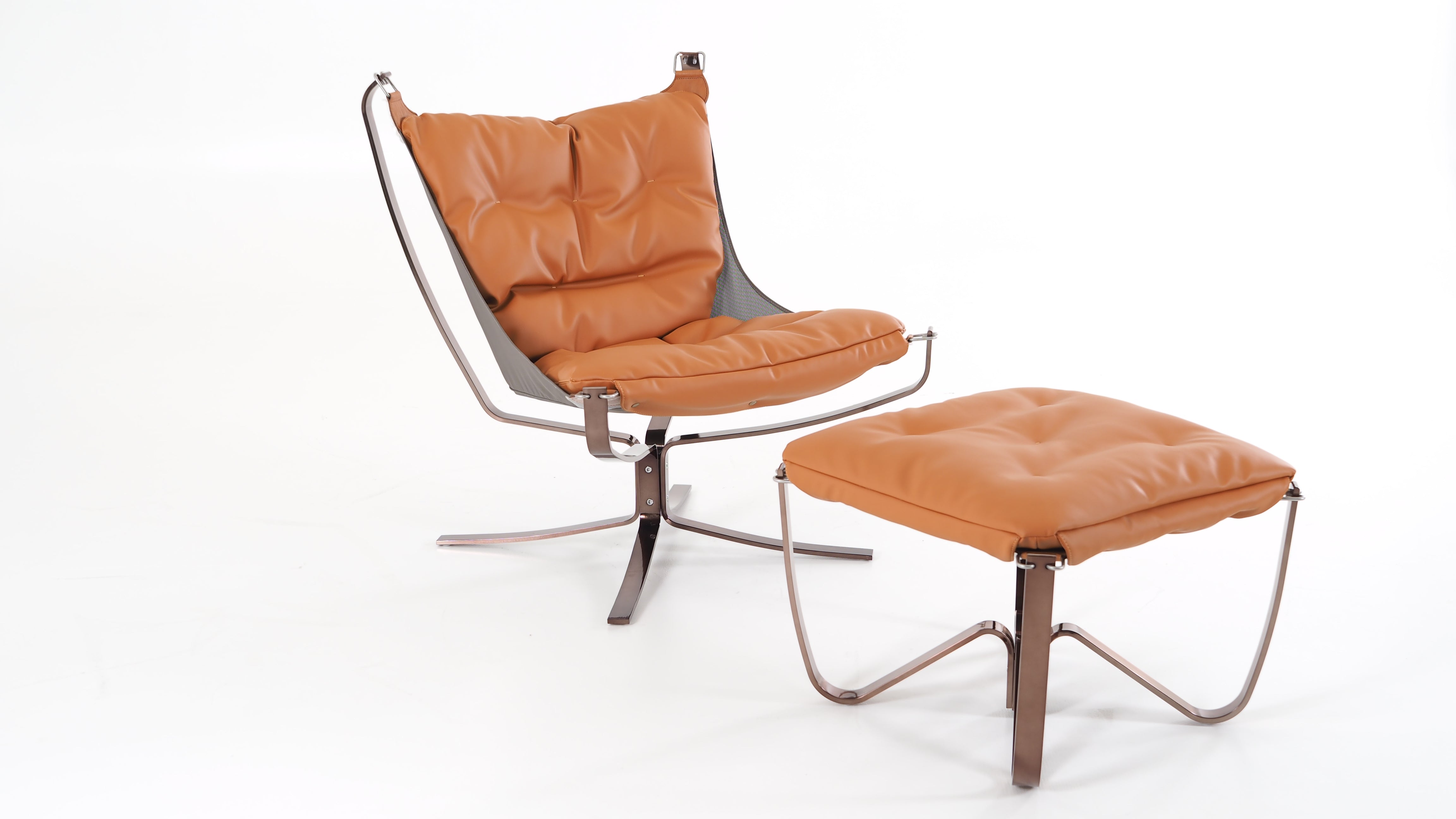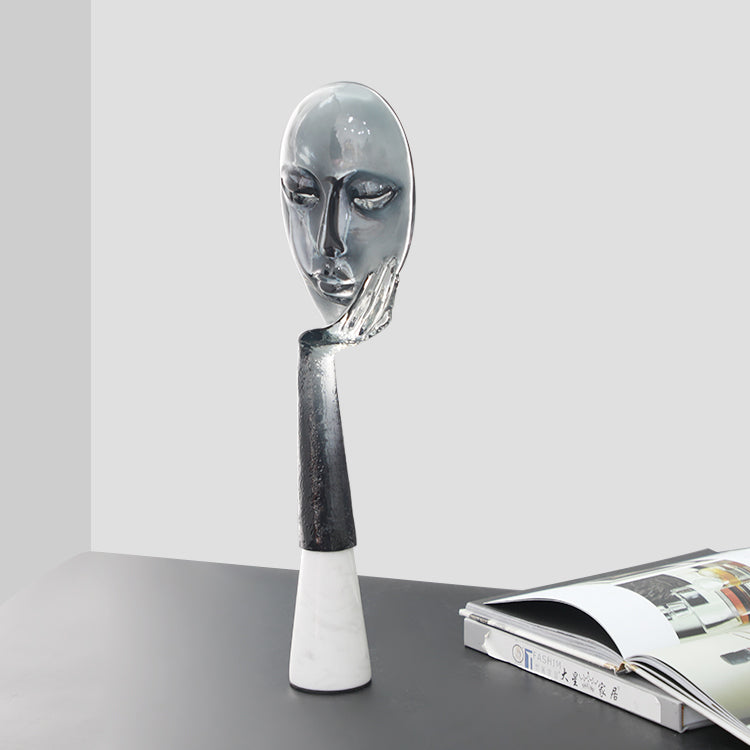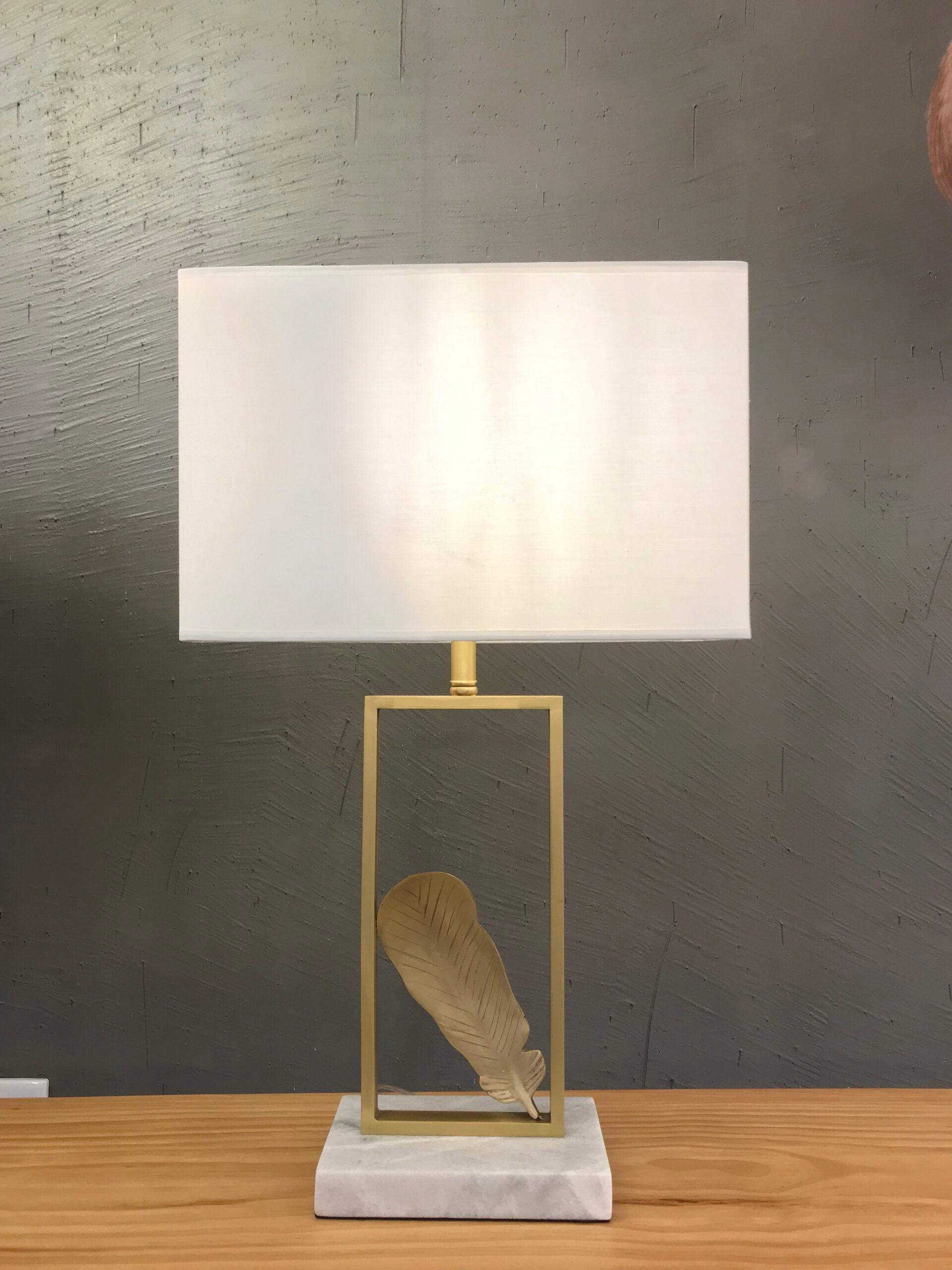What Does a Real Marble Coffee Table Look Like? A Complete Guide
In the evolving world of home décor, few furniture pieces evoke luxury, sophistication, and timeless elegance like a marble coffee table. As a staple in modern and classic living rooms alike, this centerpiece has found its way into countless design trends, from minimalist Scandinavian styles to opulent Mediterranean interiors. But with so many synthetic imitations flooding the market, many homeowners and interior designers are left wondering: What does a real marble coffee table look like?
Whether you're looking to upgrade your living space, make a statement, or invest in a long-lasting piece of furniture, understanding the nuances of marble top coffee tables is essential. This article explores everything you need to know—from identifying real marble to exploring the pros and cons, and providing comparisons with other materials, care instructions, and trend analysis.
Understanding Marble
Marble is a metamorphic rock formed from limestone subjected to high pressure and temperature. Over time, this process creates a dense, veined stone that's not only beautiful but also durable. Its natural patterns, known as veining, are what make each piece of marble unique—a characteristic that adds value and prestige to any coffee table design.
Key Characteristics of Marble
-
Natural veining patterns: Organic swirls and streaks in varying colors.
-
Cool surface: Marble has a naturally cold touch, which distinguishes it from other stones.
-
Porosity: Marble is slightly porous, which means it can absorb liquids if not sealed properly.
-
Weight: Real marble is significantly heavier than synthetic alternatives.
Most Popular Types of Marble Used in Coffee Tables
-
Carrara Marble (white with gray veins)
-
Calacatta Marble (luxurious white with bold veining)
-
Emperador Marble (deep brown with light veins)
-
Nero Marquina (black with sharp white veining)
Understanding these natural features is crucial when identifying a real marble coffee table and appreciating its uniqueness.
What Does a Real Marble Coffee Table Look Like?
A real marble top coffee table displays distinct features that set it apart from engineered alternatives. Let’s explore the visual and tactile characteristics.
Visual Indicators
| Feature | Real Marble | Fake Marble |
|---|---|---|
| Veining | Irregular, natural patterns | Repetitive, uniform patterns |
| Color | Subtle variations | Consistently colored |
| Finish | Matte or polished | Glossy plastic-like finish |
Tactile Indicators
-
Weight: Real marble is heavy. A genuine marble coffee table can weigh between 100-200+ lbs depending on size.
-
Temperature: When touched, real marble feels cold to the hand.
-
Sound: Tapping on real marble produces a dull, solid sound; fake versions sound hollow or plasticky.
Design Elements of Real Marble Coffee Tables
-
Frame Material: Often paired with brass, stainless steel, or solid wood.
-
Edge Details: Rounded bullnose or straight polished edges are common in real marble designs.
-
Table Shapes: Popular in round, square, and rectangular formats.
A real marble coffee table is a statement piece, exhibiting a balance of natural beauty and refined craftsmanship that complements both modern and traditional interiors.
Types of Marble Used in Furniture
Different types of marble bring unique aesthetics and functionality to coffee tables. Here’s a breakdown of popular varieties used in furniture design:
| Marble Type | Origin | Color & Veining | Common Use Cases |
|---|---|---|---|
| Carrara | Italy | White with soft gray veins | Modern minimalist interiors |
| Calacatta | Italy | White with dramatic gold or gray veins | Luxury homes and boutiques |
| Emperador | Spain | Dark brown with light veins | Classic and vintage settings |
| Nero Marquina | Spain | Black with bold white veins | Contemporary and industrial styles |
| Verde Alpi | Italy | Deep green with white veins | Eclectic and artistic spaces |
Each type of marble brings a different ambiance to a coffee table, allowing homeowners to match their décor style with the right stone aesthetic.
Pros & Cons of Marble Coffee Tables
Investing in a marble coffee table is a decision that blends design aspiration with functional considerations. Let’s weigh the advantages and disadvantages.
Pros
-
Timeless Elegance – Marble never goes out of style.
-
Durability – With proper care, a marble top coffee table can last for decades.
-
Unique Patterns – Each table is one-of-a-kind due to natural veining.
-
Increased Home Value – High-end marble furniture can add to property appeal.
-
Versatility – Complements wood, metal, leather, and more.
Cons
-
Heavy Weight – Difficult to move, requires strong support.
-
Porosity – Susceptible to staining without sealing.
-
Cost – More expensive than synthetic or wood alternatives.
-
Maintenance – Requires careful cleaning to avoid damage.
-
Scratch Risk – Softer than granite, can be scratched by sharp objects.
Care and Maintenance Tips for Marble Coffee Tables
To maintain the pristine appearance of your marble coffee table, consistent care is essential. Here are practical maintenance tips:
Daily Maintenance
-
Wipe spills immediately with a soft, damp cloth.
-
Use coasters and placemats to prevent etching and stains from acidic liquids like wine or citrus.
-
Dust regularly to prevent debris from scratching the surface.
Weekly Maintenance
-
Clean with a pH-neutral stone cleaner or mild soap and water.
-
Avoid using vinegar, bleach, or ammonia-based cleaners.
Monthly Maintenance
-
Inspect the sealant: Water should bead on the surface. Reseal if it absorbs.
-
Polish lightly with a marble-safe polishing compound if needed.
Annual Maintenance
-
Reseal the stone if used heavily.
-
Have a professional deep-clean the surface if the marble appears dull or scratched.
Should You Get a Marble Coffee Table?
Choosing a marble coffee table isn't just about aesthetics; it’s a lifestyle decision. Here are key factors to consider:
Ideal For:
-
Homeowners with a taste for luxury – Marble elevates the entire room.
-
Minimalist and modern interiors – Marble blends seamlessly with sleek designs.
-
Art lovers and collectors – Each marble slab is a natural artwork.
-
Low-traffic households – Less risk of accidental spills or damage.
Not Ideal For:
-
Families with young children – Prone to spills, scratches, and damage.
-
Frequent movers – Marble is heavy and fragile during transit.
-
Budget-conscious buyers – Marble furniture is a long-term investment.
Price Comparison: Marble Coffee Tables in INR
Here’s a price comparison based on the Delhi market for various materials:
| Material | Average Price (Coffee Table) | Durability | Maintenance |
|---|---|---|---|
| Real Marble | ₹60,000 - ₹2,50,000+ | High | Moderate |
| Faux Marble (MDF + Laminate) | ₹12,000 - ₹35,000 | Medium | Low |
| Solid Wood | ₹30,000 - ₹1,20,000 | High | Moderate |
| Glass | ₹15,000 - ₹60,000 | Medium | Easy |
| Metal | ₹20,000 - ₹80,000 | High | Easy |
The price of a marble coffee table can vary significantly based on factors such as size, marble type, and design complexity. Real marble tables tend to be more expensive than synthetic alternatives but offer a timeless, luxurious look and long-term durability.
Conclusion
A real marble coffee table is more than just a functional piece of furniture—it's a timeless investment in style, luxury, and character. From the natural veining of Carrara marble to the dramatic flair of Calacatta, each marble top coffee table brings a unique story into any living space.
While the initial cost and maintenance might seem daunting, the long-term rewards in aesthetics, durability, and home value are undeniable. With the right care, your coffee table can remain a stunning centerpiece for decades. Whether you're updating a modern loft or furnishing a classic estate, there's a marble design to complement every interior vision.




